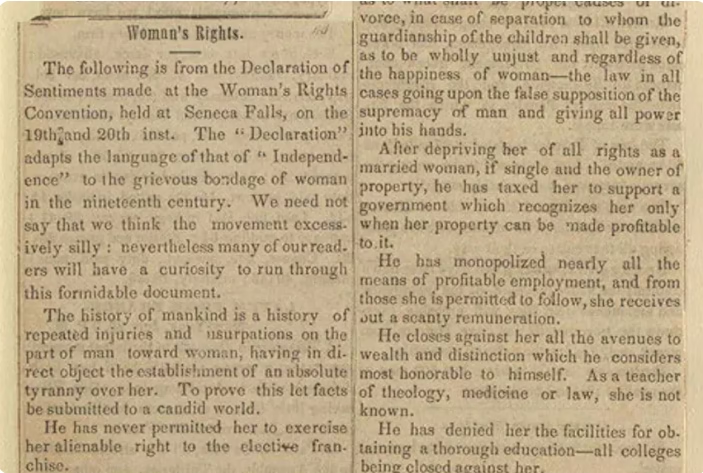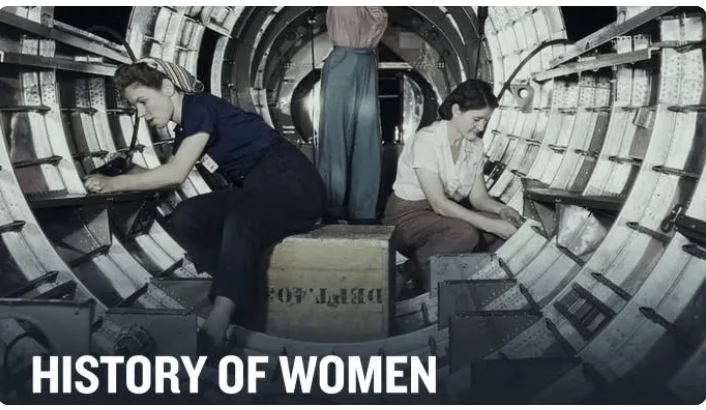Discover 10 key milestones in the Women’s Rights Movement that shaped gender equality. A must-read for understanding its impact!
Introduction
The Women’s Rights Movement has been one of the most transformative social movements in history, advocating for gender equality, voting rights, and workplace reforms. From suffrage victories to modern-day activism, the fight for women’s rights has shaped societies across the globe. This article explores 10 key milestones that have played a pivotal role in advancing women’s rights.
1. Seneca Falls Convention (1848)
The Seneca Falls Convention marked the first organized demand for women’s rights in the U.S. Led by Elizabeth Cady Stanton and Lucretia Mott, the convention produced the Declaration of Sentiments, calling for gender equality, including voting rights.
2. Women’s Suffrage Achieved (1920)
The ratification of the 19th Amendment granted American women the right to vote, following decades of activism by suffragists such as Susan B. Anthony and Alice Paul. This victory was a turning point for gender equality in politics.
3. Equal Pay Act (1963)
Recognizing wage discrimination, the U.S. government passed the Equal Pay Act, mandating equal pay for equal work, regardless of gender. This law was a crucial step in workplace equality.
4. The Civil Rights Act (1964)
Title VII of the Civil Rights Act prohibited discrimination based on gender, race, religion, or nationality in employment. This provided women with legal protection against workplace discrimination.
5. Roe v. Wade (1973)
The U.S. Supreme Court’s landmark decision in Roe v. Wade legalized abortion nationwide, affirming women’s reproductive rights and bodily autonomy.

6. The Beijing Declaration (1995)
The Fourth World Conference on Women in Beijing, led by the UN, resulted in a global commitment to women’s empowerment, focusing on economic, political, and social rights.
7. The #MeToo Movement (2017-Present)
Founded by Tarana Burke, the #MeToo movement gained global momentum in 2017, encouraging survivors of sexual harassment and assault to share their experiences and hold perpetrators accountable.
8. Women in Leadership (2020-Present)
The increasing number of women in political leadership, including Kamala Harris becoming the first female U.S. Vice President in 2021, signals a shift towards greater gender representation in governance.
Conclusion
The Women’s Rights Movement has come a long way, but the journey is ongoing. Each milestone has contributed to a more equal society, yet challenges remain. As we celebrate these achievements, we must continue advocating for equal opportunities, workplace fairness, and protection of reproductive rights.
💡 What’s your take on the current state of women’s rights? Share your thoughts in the comments!
FAQs
1. What was the main goal of the Women’s Rights Movement?
The primary goal was to achieve gender equality in political, social, and economic spheres, including voting rights, workplace fairness, and reproductive rights.
2. Is the Women’s Rights Movement still relevant today?
Yes! Issues like wage gaps, reproductive rights, and gender-based violence remain key areas where activism is still needed.
3. What is the next big challenge for women’s rights?
Ensuring equal representation in leadership roles and closing gender pay gaps remain significant challenges for the future.


